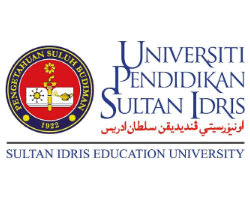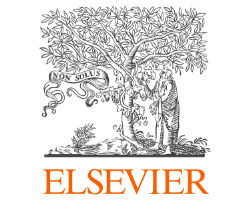Relationship of Mother Knowledge about Contraceptive Pills and Compliance the Use of Contraceptive Pills in Medan Tuntungan
Abstract
Knowledge is the result of "knowing" and this occurs after people have sensed a certain object. Sensing of objects occurs through the five human senses, namely sight, hearing, smell, taste and touch by themselves. The composition of the contraceptive pill contains synthetic estrogen and progestin preparations so that pregnancy can be prevented by suppressing ovulation where the hormones LH and FSH are suppressed, thickening cervical mucus, and preventing thickening of the endometrium. The prevalence of family planning according to family planning devices from active family planning participants in Indonesia is 66.20%. The dominant contraceptive methods are injections (34%) and birth control pills (17%). This study aims to determine the relationship between knowledge of women of childbearing age about birth control pills with adherence to the use of birth control pills. The research methodology in this study used analytical observation with a cross sectional approach, 40 samples by purposive sampling, in Baru Ladang Bambu, Medan Tuntungan. Based on the results of statistical analysis obtained by 40 respondents, it can be concluded that there is a relationship between the knowledge of women of childbearing age about birth control pills with adherence to the use of birth control pills, which means that the better the knowledge of women of reproductive age couples, the more obedient in the use of birth control pills.
Downloads
References
Arum, Panduan Lengkap Pelayanan KB Terkini. Yogyakarta: Nuha Medika, 2011.
Meilani, Pelayanan Keluarga Berencana. Yogyakart: Citramaya, 2010.
Nugroho, Buku Ajar Askeb 1 Kehamilan. Yogyakarta: Nuha Medika, 2014.
D. Puspitaningrum, S. A Nugraheni, “Determinants of male and female Infertility: A systematic review.” Jurnal Kebidanan, vol.11, no. 2, pp. 103-120, 2022.
Handayani, Buku Ajar Pelayanan Keluarga Berencana. Yogyakarta: Pustaka Rihama, 2010.
Mulyani, Keluarga Berencana dan Alat Kontrasepsi. Yogyakarta: Nuha Medika, 2013.
Mubarak, Promosi Kesehatan Untuk Kebidanan. Jakarta: Salemba Medika, 2012.
Notoatmodjo. Soekidjo, Metodologi Penelitian Kesehatan. Jakarta: Rineka Cipta, 2012.
L. N. Ningsih. Asuhan Keperawatan pada Klien dengan Gangguan Sisytem Muskuloskeletal. Jakarta: Penerbit Salemba, 2009.
M. Setiyaningrum, Pelayanan Keluarga Berencana dan Kesehatan Reproduksi. Jakarta Timur: CV. Trans Info Media, 2014.
Sulistyawati, Pelayanan Keluarga Berencana, Jakarta Selatan: Salemba Medika, 2011.
Wawan, Teori dan Pengukuran Pengetahuan, Sikap, dan Perilaku Manusia, Yogyakarta: Nuha Medika, 2014.
N. Manurung, R. A Bakara “Counseling on Compliance With the Use of Birth Control to Couples of Childbearing Age in Neighborhood V, Baru Ladang Bambu Village in 2021.” Science Midwifery, vol. 9, no. 2, pp. 524-526, 2022.
R. A. Bakara, N. Manurung, “Counseling on the Provision of Complementary Breastfeeding Against Constipation in Babies in the Baru Village of Ladang Bambu, Medan Tuntungan Sub-district in 2021.” Science Midwifery vol. 9, no. 2, pp. 527-529, 2022.
C. C Sanding, L. Pondaag, and Kundre, “Hubungan pengetahuan ibu dengan kepatuhan minum pil KB di Puskesmas Modayag Kecamatan Modayag Kabupaten Bolaang Mongondow Timur.” Online Jurnal Keperawatan, vol. 2, no. 2, 2014.




















